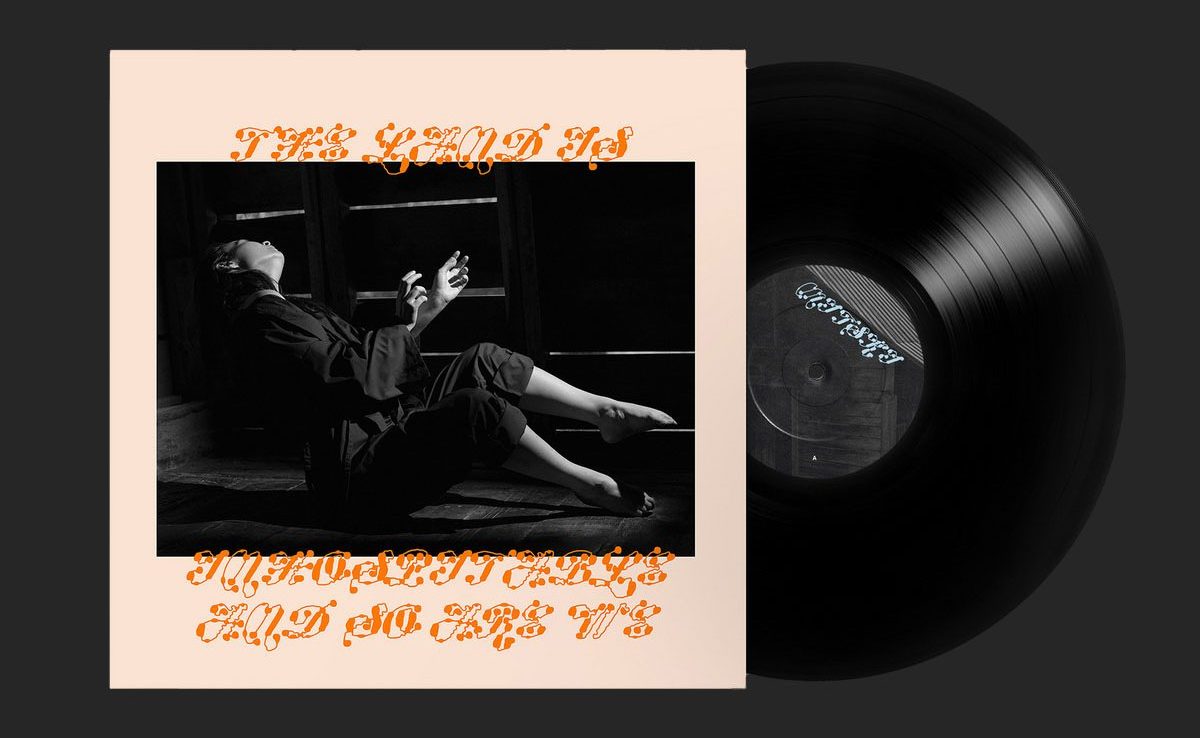
Because people live in the real world, which is not always the happiest, joyous, or best place imaginable, well-made realist, melancholy films certainly have an air of truth about them, and can bring enjoyment themselves.
Inside Llewyn Davis, which has been released in Chicago, New York,and Los Angeles and is planned to be wide-released this month is one of few films that masterfully demonstrates that not every ending is happy, and not every story is great.
The film, which takes place in 1961, shows the struggles of folk musician Llewyn Davis (Oscar Isaac) whose struggles show the audience that in the music industry of the ‘60s talent is not the real indication of success, but luck and dependency are. Davis is a sarcastic, cynical person who relies on friends for a place to sleep and wanders from place to place trying to get his latest album to sell.
Not only is Davis plagued by his lack of money, success and happiness, but he also faces several demons from the past. This suffering that he endures throughout the movie is a perfect depiction of how the struggling artist lived in the past and still does today.
There is also a great supporting cast in the film, including John Goodman, Carey Mulligan and Justin Timberlake. Mulligan and Timberlake represent what Davis fears the most, getting an office job and playing music for leisure, which is an excellent subtle addition to the piling list of troubles Davis faces. Goodman plays a jazz musician who has no respect for folk music, which is a detail that shows how the folk music industry was plagued by disinterest despite the talent level of folk artists.
The main theme of the movie is a personal one for the directing Coen brothers, who try to push the point across that most artists who are committed to their work are torn between the decision of purifying their work, or compromising it to make money and live independently. Davis himself struggles with this when he decides to quit the music industry and return to his job as a marine merchant, however this plan is ruined when he doesn’t have enough money to get a license when his sister accidentally threw his away, so he goes back to playing music.
The film has an amazing soundtrack, being centered around folk music from the ‘60s, and the plot is amazingly articulate and clever. However, resolution is very unclear as the beginning and ending of the movie show the exact same scene in which Davis is attacked by a man who is angry at him for heckling a performance the previous night. However the scene in the end definitely has a bonus of excitement as an actor portraying a young Bob Dylan is show playing very briefly.
While it is unfortunate that currently the film can only be seen in three cities in the U.S, when the film is eventually released around the country anyone who has the chance to go should see this great film.
By Luke Chval















































































